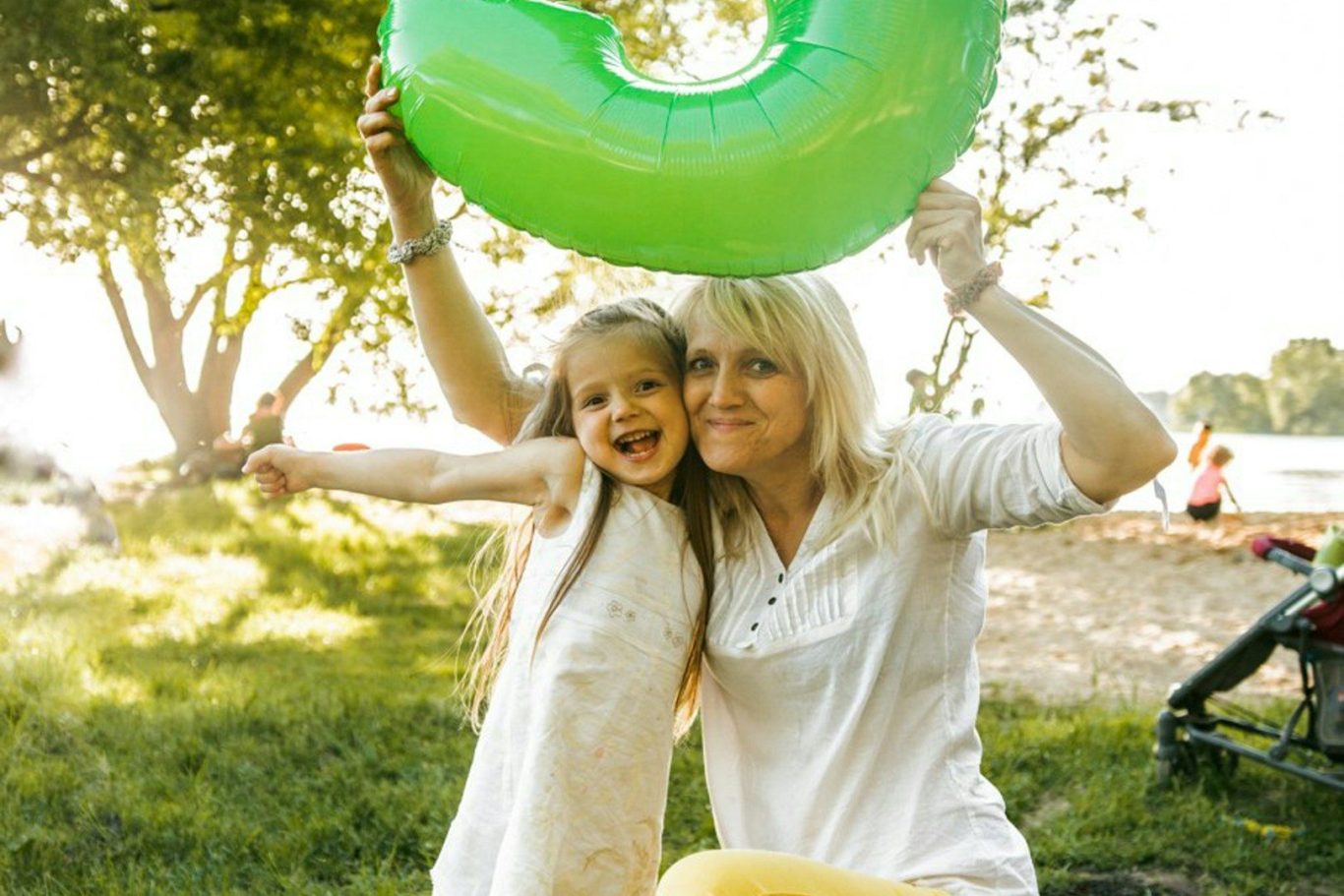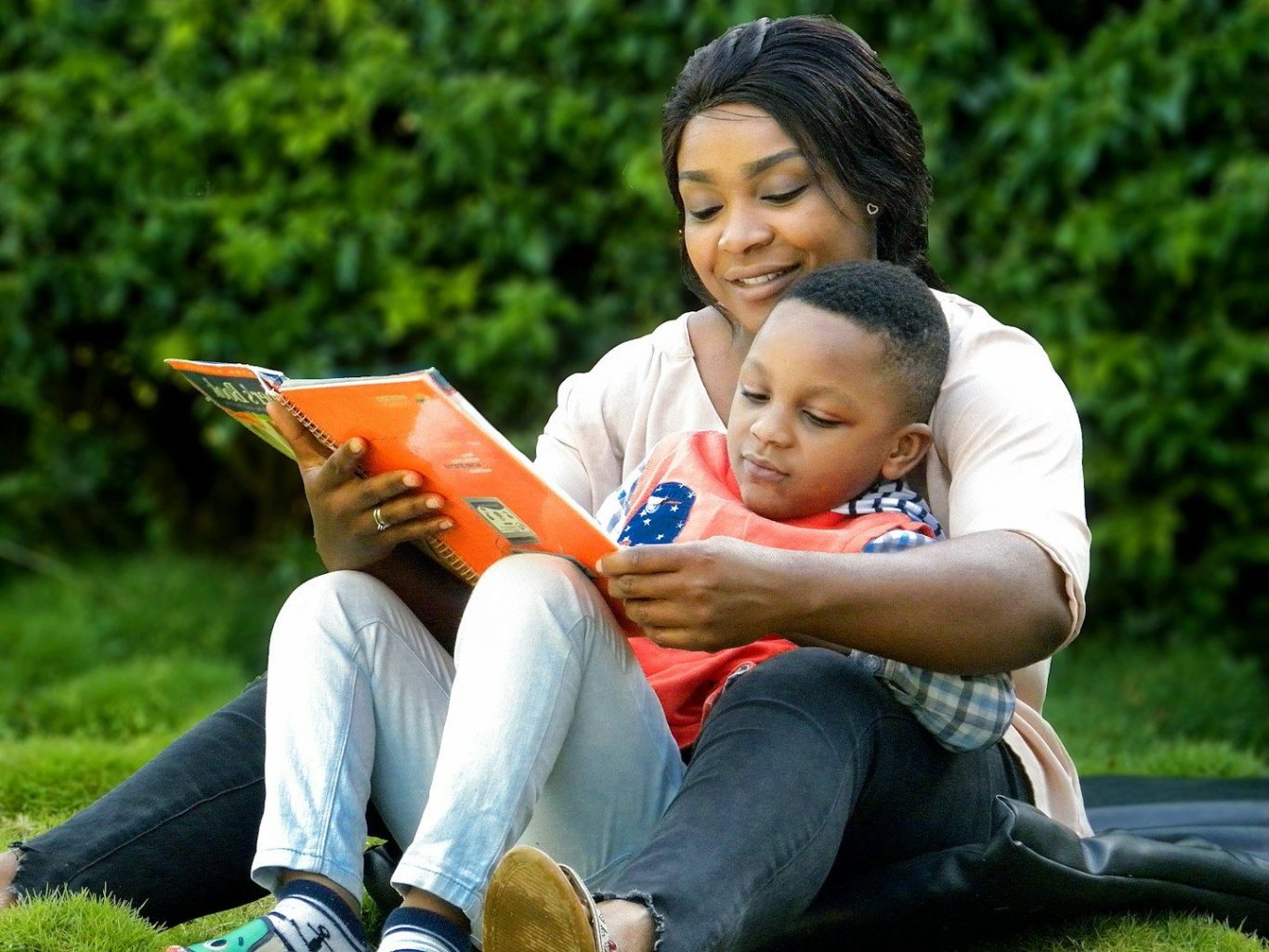Language Milestones
Language development milestones are benchmarks that indicate a child's progress in learning to communicate. These milestones are typically categorized into stages, with typical development including prelinguistic, first words, two-word phrases, early sentences, and more complex sentence structures. These stages are not rigid, and children may progress at slightly different paces. The following is just a guideline.
The ability to hear is essential for proper speech and language development. Hearing problems may be suspected in children who are not responding to sounds or who are not developing their articulation or language skills as expected. An evaluation by an audiologist or a pediatric otolaryngologists (ENT) may be recommended.

Language Milestones
Birth to 5 months
- Coos
- Vocalizes pleasure and displeasure sounds differently (laughs, giggles, cries, or fusses)
- Makes noise when talked to
6 to 11 months
- Understands "no-no"
- Babbles (says "ba-ba-ba")
- Says "ma-ma" or "da-da" without meaning
- Tries to communicate by actions or gestures
- Tries to repeat your sounds
- Says first word
12 to 17 months
- Answers simple questions nonverbally
- Says 2 to 3 words to label a person or object (pronunciation may not be clear)
- Tries to imitate simple words
- Vocabulary of four to 6 words
18 to 23 months
- Vocabulary of 50 words, pronunciation is often unclear
- Asks for common foods by name
- Makes animal sounds, such as "moo"
- Starting to combine words, such as "more milk"
- Begins to use pronouns, such as "mine"
- Uses 2-word phrases
2 to 3 years
- Knows some spatial concepts, such as "in" or "on"
- Knows pronouns, such as "you," "me" or "her"
- Knows descriptive words, such as "big" or "happy"
- Uses 3-word sentences
- Speech is becoming more accurate, but may still leave off ending sounds. Strangers may not be able to understand much of what is said.
- Answers simple questions
- Begins to use more pronouns, such as "you" or "I"
- Uses question inflection to ask for something, such as "my ball?"
- Begins to use plurals, such as "shoes" or "socks" and regular past tense verbs, such as "jumped"
3 to 4 years
- Groups objects, such as foods or clothes
- Identifies colors
- Uses most speech sounds, but may distort some of the more difficult sounds, such as l, r, s, sh, ch, y, v, z, th. These sounds may not be fully mastered until age 7 or 8.
- Uses consonants in the beginning, middle, and ends of words. Some of the more difficult consonants may be distorted, but attempts to say them
- Strangers are able to understand much of what is said
- Able to describe the use of objects, such as "fork" or "car"
- Has fun with language; enjoys poems and recognizes language absurdities, such as, "Is that an elephant on your head?"
- Expresses ideas and feelings rather than just talking about the world around him or her
- Uses verbs that end in "ing," such as "walking" or "talking"
- Answers simple questions, such as "What do you do when you are hungry?"
- Repeats sentences

4 to 5 years
- Understands spatial concepts, such as "behind" or "next to"
- Understands complex questions
- Speech is understandable, but makes mistakes pronouncing long, difficult, or complex words, such as "hippopotamus"
- Uses some irregular past tense verbs, such as "ran" or "fell"
- Describes how to do things, such as painting a picture
- Lists items that belong in a category, such as animals or vehicles
- Answers "why" questions
5 years
- Understands time sequences (for example, what happened first, second, or third)
- Carries out a series of 3 directions
- Understands rhyming
- Engages in conversation
- Sentences can be 8 or more words in length
- Uses compound and complex sentences
- Describes objects
- Uses imagination to create stories

General Communication Tips
Here are some tips to help you support your child's speech and language development.
- Talk about what you’re doing, what your child is doing, and what your child sees. Use longer sentences as your child grows older. If your child is using 2 word utterances, you are adding a word to use a 3 word utterance.
- Communicate with your child in the languages that you are most comfortable using.
- Use a lot of different words with your child. Don’t worry about using big words. Children enjoy new and unusual words.
- Listen and respond to your child.
- Help your child listen. Give short 1, 2, or 3 step directions for your child to follow.
- Have your child’s hearing tested if you find yourself repeating a lot or using a loud voice.
- Tell stories to your child a lot. Read to your child as much as you can.
- Ask questions and talk about what happened in the story. Read to your child in the languages they are learning.
- Don’t interrupt your child to correct their speech sounds. It’s okay if your child makes some mistakes with sounds. Just say the sounds correctly when you talk.
- Ask questions that need more than a yes or no answer. Encourage your child to ask you questions.
- Set limits for screen time. Use that time for talking, reading, and playing together.
- Don’t wait to get help if you’re concerned. You know your child best. Getting help early can stop later problems with behavior, learning, reading, and social relationships.
